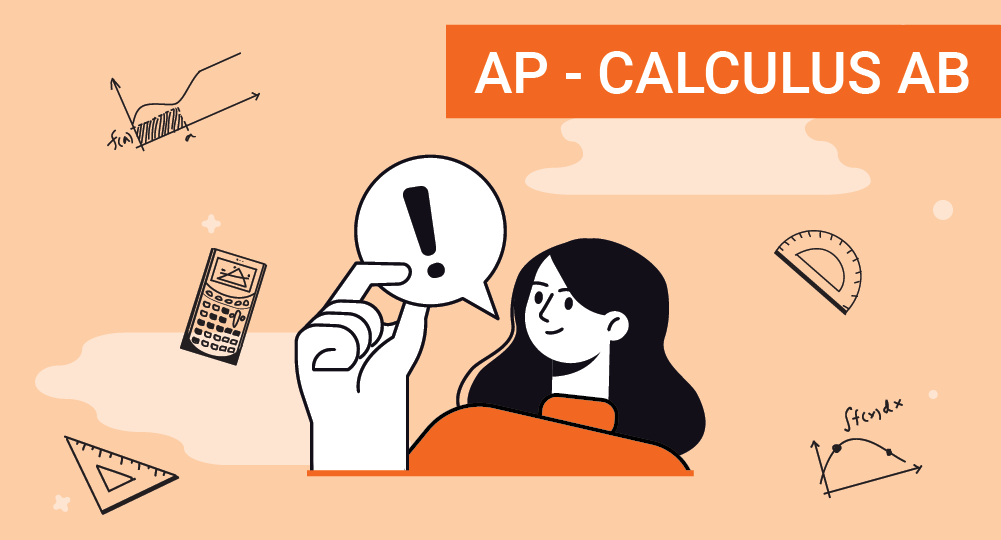
SAT
Scholastic Aptitude Test or SAT is conducted by College Baord. Most of the universities and colleges provide admissions based onn the SAT score. SaT has upgraded to Digital SAT to adapt the changing needs of students and educators. SAT focuses on evidence-based reading, writing, problems solving skills and data analysis. It can be attempted multipled times in an year.
Know more about SAT
The SAT (Scholastic Assessment Test) is a standardized test widely used for college admissions in the United States. It is designed to assess a student's readiness for college and is administered by the College Board, a nonprofit organization. The SAT is a significant component of many college applications, and a good score can enhance a student's chances of gaining admission to their desired colleges or universities.
It consists of sections in Reading, Writing and Language, Math (with and without a calculator), and an optional Essay.
The Reading section assesses comprehension skills through passages from various subjects like literature, social sciences, and natural sciences.
The Writing and Language section evaluates grammar, usage, and rhetoric skills through multiple-choice questions.
The Math section covers topics such as algebra, geometry, and data analysis, with some questions allowing calculator use and others not.
The optional Essay section provides an opportunity for test-takers to demonstrate their analytical writing skills.
Test Pattern
| S No | Section | Time Limit | Number of Questions |
|---|---|---|---|
| 1 | Reading | 65 minutes | 52 questions |
| 2 | Writing and Language | 35 minutes | 44 questions |
| 3 | Math (No Calculator) | 25 minutes | 20 questions |
| 4 | Math (Calculator) | 55 minutes | 38 questions |
| 5 | Optional Essay (if taken) | 50 minutes | N/A |
*The Essay section is optional and does not include a specific number of questions. It requires writing an essay in response to a prompt
What you'll learn
- 1
Linear Equations and Functions and their graphical representation, polynomials, radical and rational functions.
- 2
Ratio, proportion, rate, percentage and data representation.
- 3
Plane geometry - Lines, angles, triangles and circles. Solid Geometry - 3D shapes, measurement of area and volume.
- 4
Evidence to support a claim, support the tone and purpose of the passage given by the author. Relationship between infographics and the passage.
- 5
Meaning of a word or phrase in context. Choice of words to set tone, style and meaning of the passage.
- 6
Improve the quality of writer's message. Development of main idea with support information like tables, graphs and charts. Improve precision, elimination of words, style, tone, combine sentences for effective presentation.
- 7
Building vocabulary and learning the meanings. Usage of words that appears most often Correct usage of grammar, recognizing the errors and correcting the sentence structure. Incomplete sentences and Subject - verb agreement. Use of right punctuations like commas, question marks, capitalization, etc.
- 8
Cell biology that covers the cell structure and functions. Ecology and biological evolution along with genetics.
- 9
Astronomy, Oceanography and matereology along with environmental issues. Energy and matter interaction, mechanics and electromagnetism Physical chemistry related to states of matter, atomic structure, chemical reactions, acids, and bases.
Skills you'll learn
Should be able to analyze and interpret the provided information and use it to support your argument
Develop and organize the ideas with the supporting details and clear transition
Analysing the infographics or data tables and interpret the relation between the data and the passage
Should be able to analyze word choice, purpose of text and the vocabulary used
Should be able to construct clear and concise sentences to communicate effectively
Learn to simplify expressions, solve equations, factor polynomials, and work with functions and their properties
Apply geometric properties and theorems to solve problems and use trigonometric functions to analyze relationships in triangles and other geometric figures
Learn to extract relevant information, make connections between variables, and draw conclusions based on the data















